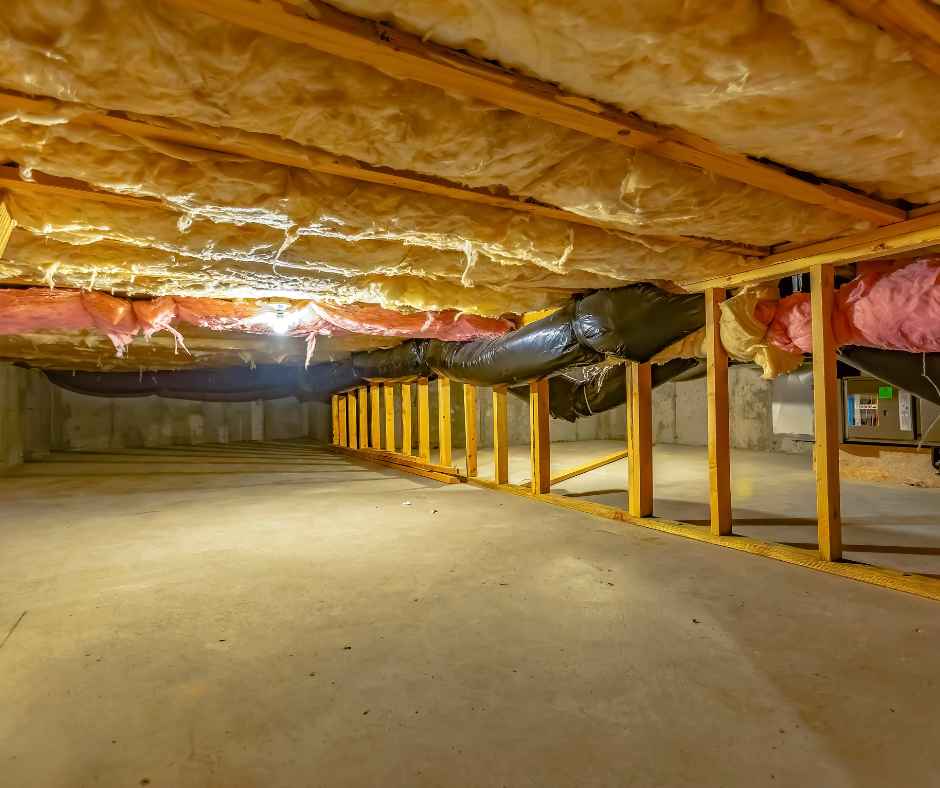Resources
How to Insulate a Crawl Space

A Cozy Home Starts Below
When it comes to home insulation, we often focus on walls, attics, and windows, but what about that often-overlooked space beneath your home? Your crawl space plays a vital role in your home’s overall comfort and energy efficiency. Insulating it properly can lead to significant benefits, including lower energy bills and increased comfort. In this blog, we’ll guide you through the steps on how to insulate a crawl space, so you can enjoy a cozier, more efficient home.
Assess Your Crawl Space
The first step in insulating your crawl space is to assess its condition. Check for any existing insulation, moisture issues, or pests. Address any moisture problems, and make sure the space is clean and dry before proceeding.
Choose the Right Insulation
Selecting the right insulation material is crucial. Consider using either rigid foam board insulation or fiberglass batts. Rigid foam board insulation is an excellent choice for crawl spaces as it resists moisture and provides a high R-value. Fiberglass batts are another option but may require additional moisture-resistant barriers.
Seal Gaps and Cracks
Before installing insulation, seal any gaps, cracks, or openings in the crawl space walls, floor, and ceiling. This helps prevent drafts and moisture intrusion. Use caulk or foam sealant for smaller gaps and a combination of caulk and insulation boards for larger openings.
Install a Vapor Barrier
To combat moisture issues, it’s essential to install a vapor barrier on the crawl space floor. A high-quality plastic or polyethylene vapor barrier will prevent moisture from seeping into the crawl space and affecting the insulation.
Insulate the Walls
Attach insulation boards to the crawl space walls using adhesive or mechanical fasteners. Ensure a snug fit, and seal any gaps with tape or caulk. Make sure the insulation covers the entire wall surface for maximum effectiveness.
Insulate the Crawl Space Ceiling
If your crawl space has an unheated floor above it, consider insulating the crawl space ceiling as well. This helps to maintain a more consistent temperature in your home and improves energy efficiency.
Seal and Insulate Ductwork and Plumbing
If your home’s ductwork or plumbing runs through the crawl space, be sure to seal and insulate them to prevent energy loss and protect against freezing during cold weather.
Regular Maintenance
After insulating your crawl space, periodically check for signs of moisture or damage. Address any issues promptly to ensure the insulation remains effective.
Call the Basement Professionals
By taking the time to properly insulate your crawl space, you can enjoy a more comfortable and energy-efficient home. Your efforts will pay off in the form of lower energy bills and a cozier living environment, making the investment in crawl space insulation a wise one for any homeowner.
Ready to improve your home’s energy efficiency and comfort? Contact Michigan Basements to get started on insulating your crawl space today. A more comfortable and cost-effective home is just a call away!


